Nestled in the heart of Yamoussoukro, the political capital of Ivory Coast, stands an extraordinary testament to both faith and architecture—the Basilica of Our Lady of Peace. This remarkable structure not only symbolizes unwavering devotion but also serves as a profound reflection of the nation’s rich history and an architectural masterpiece that captivates pilgrims and tourists alike. In this piece, we delve into the history, significance, and architectural magnificence of this awe-inspiring basilica.
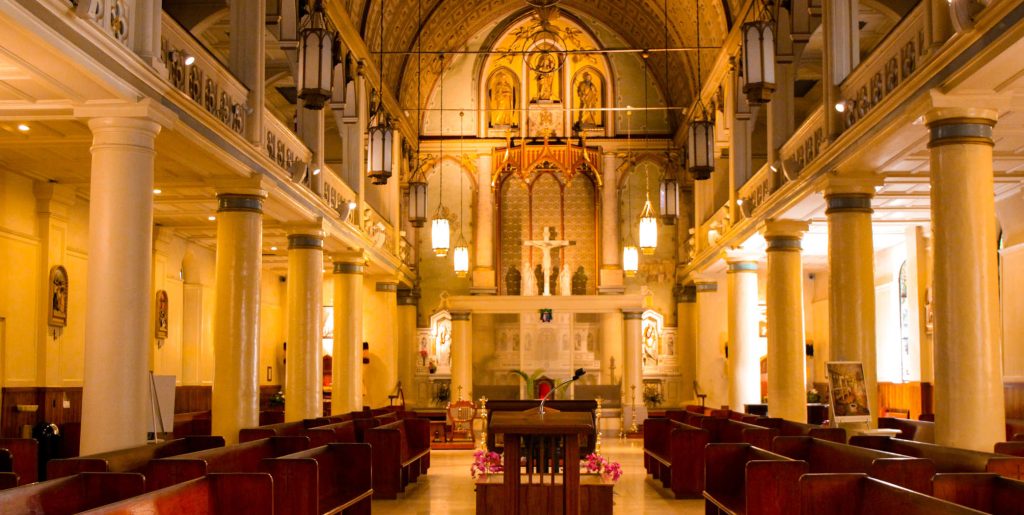
History and Significance of Basilica of Our Lady of Peace
Conceived by Félix Houphouët-Boigny, Ivory Coast’s first President, the Basilica of Our Lady of Peace aimed to rival the grandeur of St. Peter’s Basilica in Vatican City. Construction commenced in 1985, concluding in 1989, resulting in one of the world’s largest churches. Dedicated to the revered Virgin Mary, the basilica holds profound religious importance for the Ivorian people. Despite facing criticism due to its substantial cost amid economic challenges, President Houphouët-Boigny envisioned the basilica as a symbol of national pride and a testament to the nation’s deep Catholic faith.
Architectural Marvel
Crafted by renowned architect Pierre Fakhoury, the Basilica of Our Lady of Peace stands as a modern architectural masterpiece. Drawing inspiration from the Basilica of St. Peter, it features a colossal dome and a colonnade, exuding a distinctly Roman aesthetic. Imported Italian marble forms the structure, adorned with exquisite stained-glass windows and intricate mosaics. The basilica’s most striking element is its towering dome, soaring to 158 meters (518 feet), making it the tallest in the world—a testament to the ambition and vision of its creators.
Pilgrimage and Tourism
Transformed into a significant pilgrimage site, the basilica draws Catholics from Ivory Coast and beyond, seeking spiritual solace and marveling at its architectural splendor. Beyond pilgrims, tourists are lured by the opportunity to explore Ivory Coast’s cultural and religious heritage, making Yamoussoukro a destination of cultural and spiritual exploration.
Cultural Significance of Basilica of Our Lady of Peace
Beyond its architectural grandeur, the Basilica of Our Lady of Peace holds deep cultural significance for the Ivorian people. It embodies President Félix Houphouët-Boigny’s vision of creating a spiritual and cultural landmark that not only serves as a place of worship but also attracts tourists, celebrating the nation’s identity. Surrounding gardens showcase statues, fountains, and reflective spaces, while the basilica’s location in Yamoussoukro underscores the president’s commitment to developing the nation’s interior regions.
Noteworthy Features of Basilica of Our Lady of Peace
- The Great Organ: A standout feature, the Great Organ, crafted by French organ builder Gonzales, boasts over 7,000 pipes, producing a symphony that resonates within the vast basilica.
- The Forecourt: The basilica’s expansive esplanade offers a picturesque view, adorned with gardens, fountains, and sculptures, creating a serene environment for contemplation and prayer.
- The Papal Cross: At the entrance, the monumental Papal Cross symbolizes the strong ties between the Ivory Coast and the Vatican.
More than a mere religious monument, the Basilica of Our Lady of Peace in Ivory Coast represents a harmonious blend of faith, history, and architectural brilliance. Its towering dome and grand design beckon those interested in the intersection of spirituality and human creativity. As this basilica continues to stand tall, it serves as a lasting reminder of the enduring power of faith and the ability of architecture to inspire awe and wonder.


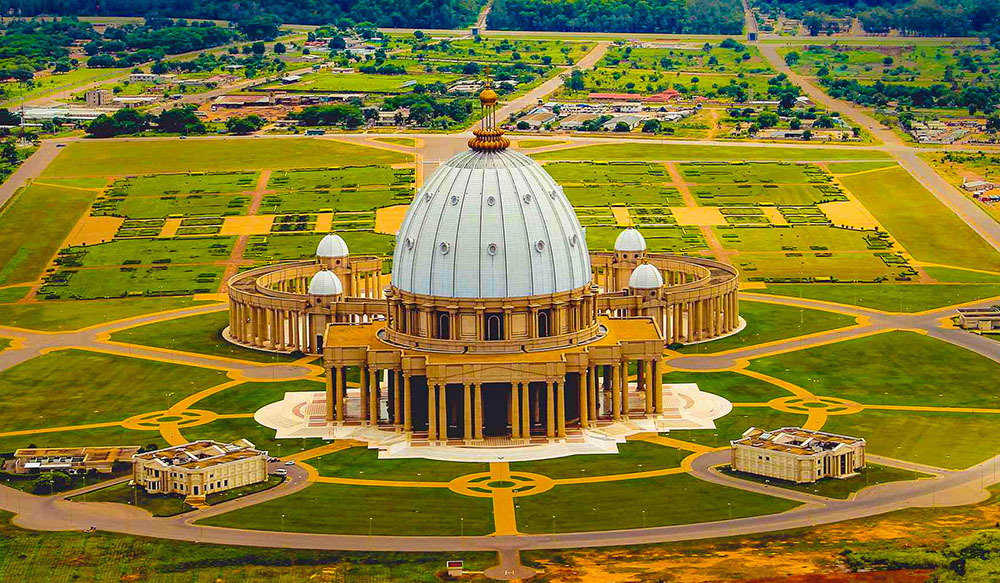

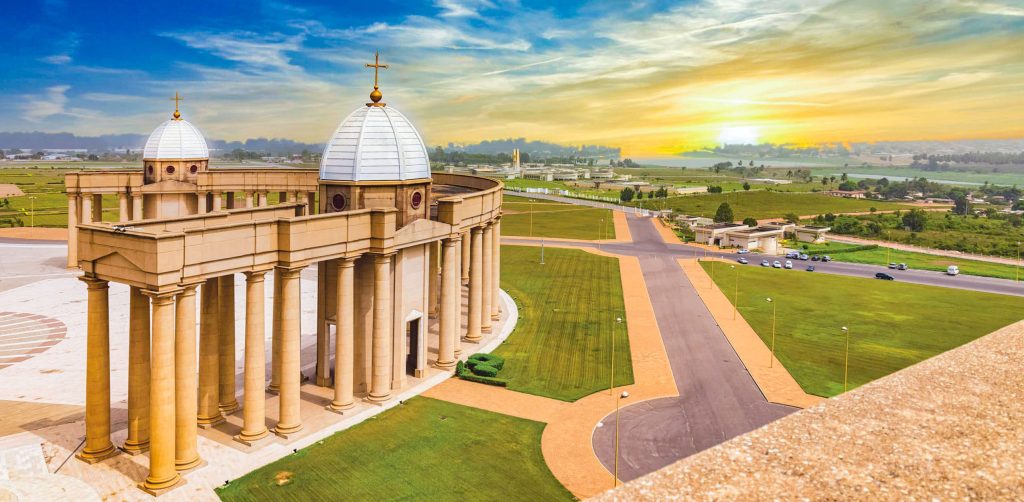
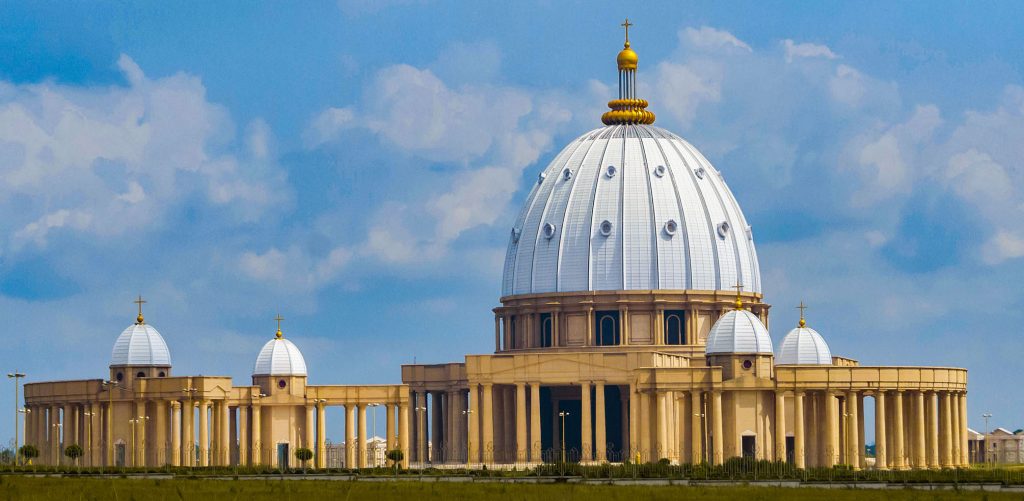
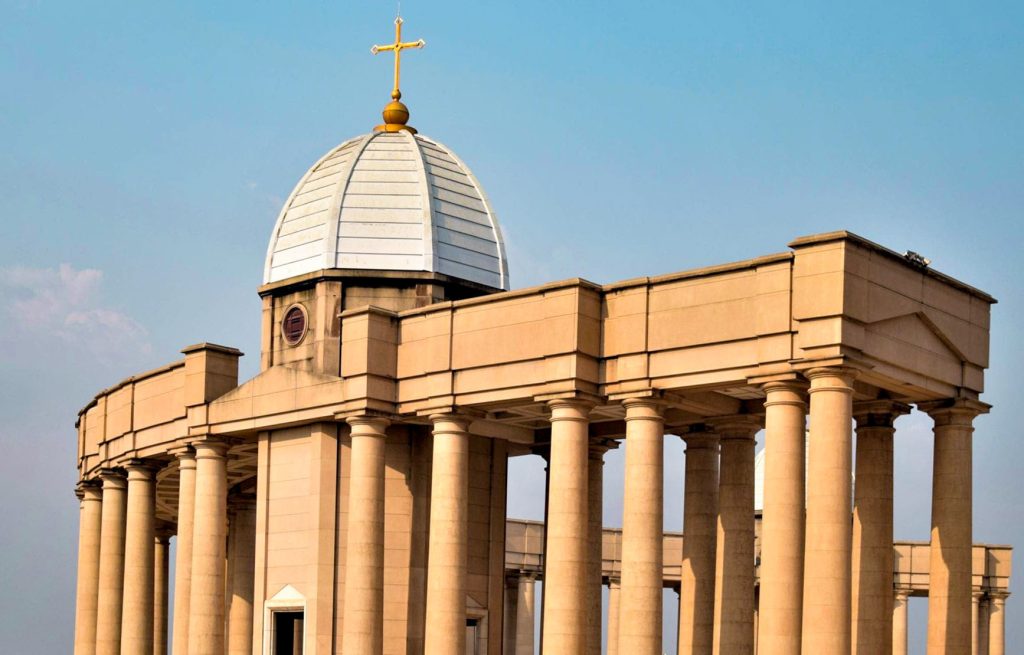
Comment (0)